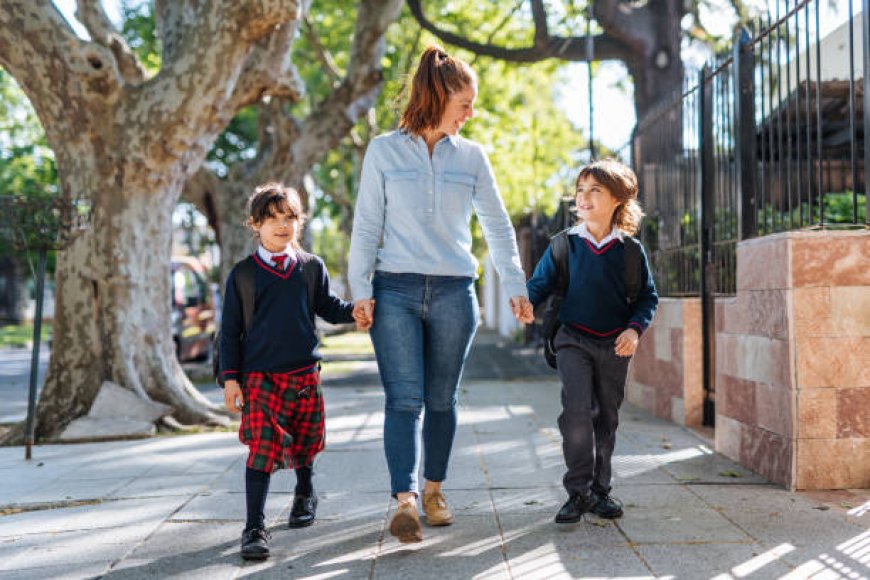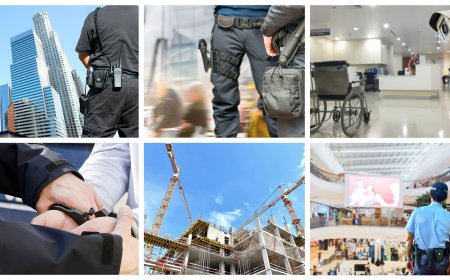Educational Tools for reconciliation work
Explore how educational tools play a vital role in reconciliation work through inclusive curriculum, teacher training, digital learning, and community engagement.

Education is one of the most powerful instruments in reshaping divided societies and mending historical wounds. Reconciliation work begins not just with dialogue but with learning learning about others, about the past, and about the values that promote peace. Through structured educational tools, communities can build bridges between generations, faiths, and ethnic groups. These tools help foster empathy, critical thinking, and collaborative problem solving. When education is intentional and inclusive, it becomes a path to healing. This is why schools and community centers must play a central role in advancing reconciliation through education.
Role of Education in Peacebuilding
Education lays the foundation for mutual understanding, making it vital for reconciliation work in post-conflict and multicultural societies. Through school-based and informal learning, people learn how to manage differences peacefully, process history, and reject harmful stereotypes. Educational programs rooted in justice and human rights can change mindsets over time. They foster inclusive identities and teach nonviolent communication. Whether it's formal classroom instruction or community-based workshops, educational spaces must reflect the values of equality, respect, and restoration, making education a long-term investment in collective healing.
Ensuring Equal Access to Educational Resources
A lack of access to quality education continues to widen societal gaps. Ensuring educational equity is key to successful reconciliation work. Community initiativesthat donate to schools in Georgia are examples of how to support underserved populations and provide them with learning tools. By investing in school infrastructure, technology, and teacher development, donors enable schools to implement a peace-focused curriculum. These donations dont just support education; they empower reconciliation. Equal access helps prevent resentment, increases participation, and ensures all voices are included in the narrative of peace.
Designing Curricula for Healing and Awareness
Curricula built for reconciliation work must go beyond traditional textbooks. They should include local histories, truth-telling modules, conflict analysis, and exercises that build empathy. Lessons should address collective trauma and promote understanding of opposing perspectives. Education rooted in personal stories, oral traditions, and cultural reflection allows students to humanize the "other." Classroom activities like roleplay, discussion circles, and collaborative projects foster social and emotional learning. These experiences encourage learners to think critically, question bias, and ultimately work toward peaceful solutions to community tensions.
Training Teachers to Lead with Sensitivity
Educators are frontline peacebuilders. Teachers need training in both academic content and emotional awareness to properly facilitate reconciliation work. They must know how to navigate sensitive topics, manage classroom emotions, and avoid reinforcing biases. Training should also prepare them to handle trauma-affected students with care and dignity. When teachers are equipped with the right tools and mindset, they become agents of transformation. They not only transmit knowledge but also model compassion and fairness. Investing in teacher capacity ensures that reconciliation is embedded in the daily learning environment.
Engaging Youth in Conflict-Sensitive Education
Young people are essential in any effort toward long-term peace. Incorporating youth-centered reconciliation work into schools and extracurricular programs gives the next generation a voice in healing processes. Activities like youth parliaments, social justice clubs, and peer mediation programs help students understand social issues and develop leadership skills. Young learners are more likely to absorb new perspectives and champion inclusion when actively engaged. By providing them with interactive platforms, education becomes a medium of empowerment, where youth can contribute directly to dialogue, decision-making, and solution-building.
Community Involvement in Peace Education
Reconciliation cannot succeed without community ownership. Schools should collaborate with parents, elders, religious leaders, and civil society to enrich the educational process. Community involvement reinforces that reconciliation work is a shared responsibility. Joint projects such as heritage events, storytelling sessions, and local peace forums allow for intergenerational learning. These activities strengthen local identity while promoting mutual respect. When education reflects community values and narratives, it gains legitimacy and impact. A connected learning environment builds trust, encourages diversity, and expands the reach of reconciliation efforts beyond school walls.
Digital Learning as a Tool for Inclusion
Technology can be a powerful force for inclusion in reconciliation work, especially in geographically or socially isolated areas. E learning platforms, mobile apps, and virtual exchange programs allow students to access reconciliation-focused materials anytime, anywhere. Through digital storytelling, documentaries, and simulations, learners can engage with diverse narratives and conflict scenarios. Online forums also create safe spaces for intergroup dialogue, even when physical contact isn't possible. Integrating digital tools helps educators reach more students, personalize learning experiences, and promote peaceful dialogue across digital divides.
Monitoring Progress and Measuring Impact
Assessing the outcomes of reconciliation work ensures the long-term effectiveness of educational tools. Monitoring should include both academic achievements and emotional or behavioral shifts. Feedback mechanisms, reflective journals, student-led surveys, and community consultations can help identify areas for improvement. Data gathered through these assessments should be used to revise curricula and refine approaches. Regular evaluations build transparency and accountability while ensuring programs remain relevant and inclusive. A learning system that adapts based on outcomes can truly respond to the changing needs of post-conflict or divided communities.
Conclusion
In a world fractured by identity, inequality, and misunderstanding, education offers hope. Reconciliation workrooted in education is not just about preventing future conflict; its about restoring dignity, truth, and cooperation today. With the right tools, from curriculum design to teacher training and digital innovation, communities can heal and grow together. Education doesnt erase history, yet it helps make sense of it, so that future generations can build something better. When we invest in learning that connects rather than divides, we plant the seeds of peace in every heart and every classroom.






































